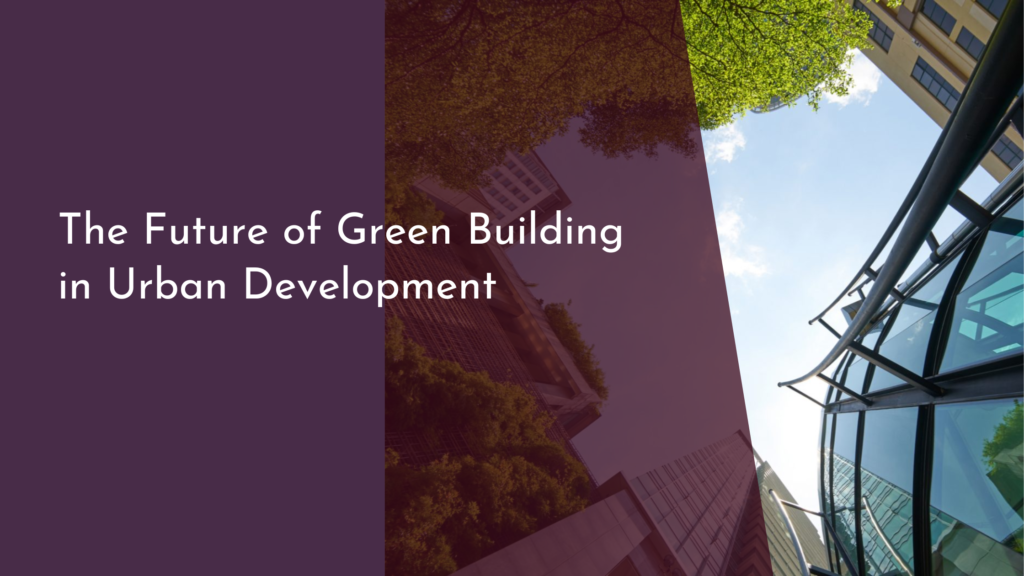Urban Carbon Pricing: How It Works
Urban carbon pricing has emerged as a dynamic and essential strategy in the fight against climate change. As cities grow and urban populations swell, the need for innovative solutions to reduce greenhouse gas emissions becomes increasingly critical. Urban carbon pricing aims to put a cost on carbon emissions, thereby encouraging both individuals and businesses to adopt more sustainable practices. By making polluters pay for their emissions, urban carbon pricing incentivizes cleaner technologies and fuels, ultimately contributing to a healthier urban environment.
In an era where climate action is imperative, understanding how urban carbon pricing works can empower city dwellers and policymakers alike. This article will delve into the mechanics of urban carbon pricing, explore how it drives greener solutions, highlight its benefits, and showcase successful cities that are thriving under this progressive approach to environmental stewardship.
Understanding Urban Carbon Pricing: A Bright Approach
Urban carbon pricing operates on the principle of creating economic incentives to reduce carbon emissions within city limits. Essentially, it imposes a fee on carbon emissions generated from various sources, such as transportation, industrial activities, and commercial energy use. The pricing can take several forms, including carbon taxes imposed directly on emissions or cap-and-trade systems that allow for a market-based approach to emissions reductions. This strategy not only provides clear financial signals to emitters but also allows cities to generate revenue that can be reinvested into sustainable projects.
The key to effective urban carbon pricing lies in its implementation. Cities often engage in extensive stakeholder consultations to ensure that the pricing structure aligns with local economic conditions and environmental goals. Public awareness campaigns help educate residents on the importance of carbon pricing and how it can lead to cleaner air, reduced congestion, and enhanced public health. By fostering a transparent and inclusive process, cities can build public support for carbon pricing, making it a bright approach to tackling urban emissions.
How Carbon Pricing Encourages Greener City Solutions
Carbon pricing encourages urban innovation by creating a financial incentive for reducing emissions. When businesses and residents face a cost associated with their carbon footprint, they are motivated to seek out greener alternatives. For instance, companies may invest in energy-efficient technologies, renewable energy sources, or improved waste management systems to lower their overall emissions and costs. This shift not only benefits the environment but also stimulates economic growth by fostering a green technology sector within cities.
Moreover, carbon pricing can catalyze a cultural shift toward sustainability among urban dwellers. As individuals become more aware of their own carbon footprints, they are more likely to adopt environmentally friendly practices, such as using public transportation, biking, or purchasing energy-efficient appliances. Cities may also invest in public infrastructure that supports sustainability, such as expanding bike lanes or enhancing public transport systems. Over time, these collective actions foster a more sustainable urban environment that benefits current and future generations.
Key Benefits of Implementing Carbon Pricing in Cities
One of the most significant benefits of urban carbon pricing is its ability to generate revenue for city governments. The funds collected from carbon pricing can be allocated toward sustainability initiatives, such as renewable energy projects, green public transportation, and urban greening efforts. This reinvestment not only helps to mitigate the impacts of climate change but also enhances the quality of life for residents by creating cleaner, greener, and more resilient urban spaces.
Additionally, carbon pricing can lead to a more equitable distribution of resources. By using the revenue generated from carbon pricing to support low-income communities, cities can help offset the potential financial burden of higher energy costs. Programs like subsidized public transportation or energy efficiency retrofits can ensure that the transition to a low-carbon economy is inclusive and just. In this way, urban carbon pricing can serve as a catalyst for systemic change that benefits all residents, paving the way for a more sustainable urban future.
Success Stories: Cities Thriving Under Carbon Pricing
Several cities around the globe have successfully implemented carbon pricing, leading to significant reductions in emissions and improvements in urban livability. For example, Stockholm, Sweden, introduced a carbon tax in 1991, resulting in a remarkable 30% reduction in emissions while the economy continued to grow. The revenues generated have been reinvested in public transport and energy-efficient infrastructure, making Stockholm a model for sustainable urban living. This success story highlights how effective carbon pricing can create a win-win scenario for both the environment and the economy.
Another inspiring case is Vancouver, Canada, which introduced a carbon tax in 2008. The city’s greenhouse gas emissions have decreased by over 5% since the tax’s implementation, while the economy has thrived. Vancouver has utilized the revenue from carbon pricing to fund numerous green initiatives, including public transportation improvements and renewable energy projects. The result is a vibrant city that has gained international recognition for its commitment to sustainability and innovation. These success stories serve as powerful examples of how urban carbon pricing can lead to thriving communities and a healthier planet.
Urban carbon pricing stands out as a beacon of hope in the quest for sustainable cities. Through its capacity to incentivize greener practices and generate vital resources for local initiatives, urban carbon pricing not only addresses climate change but also enhances the quality of urban life. As more cities adopt this innovative approach, the potential for creating healthier, more inclusive, and more resilient urban environments becomes increasingly attainable. By embracing urban carbon pricing, we can pave the way for a brighter, greener future for generations to come.


